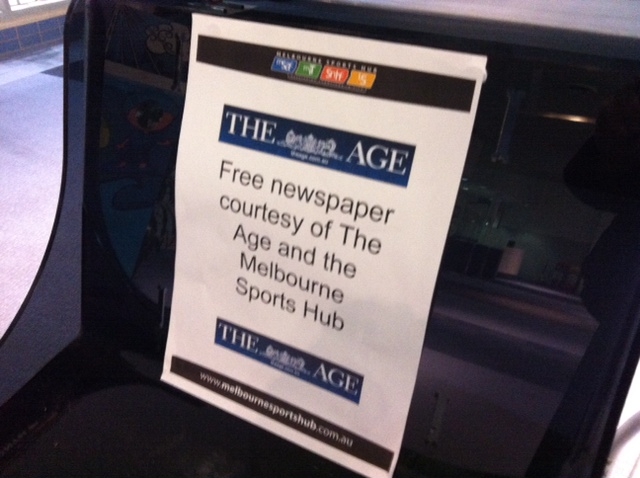This week’s Royal birth was a curious mix of the old and modern – a cringing fawning by the media over the family and baby which wouldn’t have been out of place of place in a black and white 1950s newsreel coupled with a modern frenzy on social media.
In the social media world, the Washington Post reports there were almost one million mentions of the royal birth on Facebook in the hour following the news. It’s an interesting reflection of how communications have evolved.
Where once we shared news of life events by letter, then telegraph and later the phone; we now broadcast our own news over social media services, particularly Facebook.
Increasingly for families, Facebook has been the main way people keep in touch with their more distant friends and relatives. Your cousin in Brazil, aunty in Germany or former workmate in Thailand can all keep up with the news in your life through social networks.
The Royal family itself is an example of this, having set up their own Facebook page for the new arrival and it shows of how ‘weak ties’ are strengthened by the social media connections.
Another aspect of social media is the ability to filter out noise. If you’re like me, the royal baby is about as interesting as origami classes but I was spared most of the hype by not looking at broadcast media and sticking to my online services where it was just another story.
While being able to filter out what you consider ‘noise’ risks creating écho chambers’ it also means the online channels are becoming more useful for both relevant news and family events.
That’s an important change in personal communications we need to consider. We also have to remember those baby photos we post to Facebook, Twitter or Pinterest are now licensed to those services as well.
One of the great challenges for this decade is balancing the privacy and security aspects of these new communications channels with the usefulness of the services.
In the meantime though they are a great substitute for a family newsletter.
Image courtesy of Hortongrou through sxc.hu






